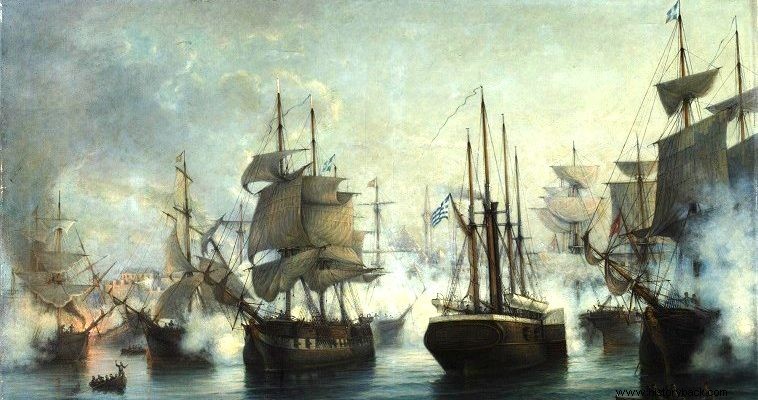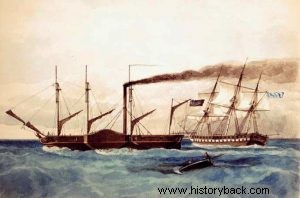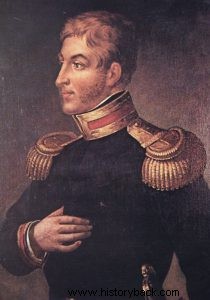
In 1827 the Greek revolution was blowing the whistle. The blunders of the leadership had allowed Ibrahim to settle in the Peloponnese. Messolonghi had fallen and the Egyptian troops were leveling Moria. At the same time, Kioutachis was burning Roumeli. Few places were still held by the Greek revolutionaries.
In this gloomy climate, the naval battle of Itea or Agalis took place from the gulf of the same name. At the end of September 1827 the first Greek steam-powered ship, the "Karteria" , was ordered to sail to the Corinthian Gulf with the aim of supporting the Greek land divisions. The captain of the boat was the British philhellene Frank Abney Hastings whom the Greeks called Astigx.
A Greek squadron of three boats had entered the Agalis bay earlier, but it could not attack, alone, the enemy ships and the coastal artillery that the Turks and Egyptians had. The Turkish-Egyptians had 10 boats – three transports – while on the coast they had created gun emplacements to prevent any Greek attack.
Greek attack
On September 30, 1827, the Greek squadron approached the enemy ships. When the Turkish-Egyptians saw only four Greek ships, they did not believe that their opponents would be so crazy as to attack them. But Astyx had a different opinion. Relying on the firepower of the "Karteria" he approached within 500 m of the enemy vessels and ordered his ships to drop anchor.
The Karteria then fired a shot to estimate the distance. The Turkish-Egyptians immediately responded with all their cannons, concentrating their fire on "Karteria". The Greek ship, however, responded with cannonballs, literally mowing down the crews of the enemy ships and the servants of the coastal guns.
Soon scenes of madness unfolded on the enemy ships as the shells of the "Karteria" of the brig "Sotir" and the other two Greek ships tore ships and men to pieces. Three Turkish-Egyptian ships were destroyed by the use of explosive missiles. The coastal gunfire had also died down, and those of their servants who were not lying dismembered by their guns had fled.
Soon the Greeks captured two enemy ships and burned the rest. It was a useful victory for the morale and not only of the Greeks. When Ibrahim learned what had happened he vowed to destroy "Karteria". Instead of this happening, however, on the contrary, the naval battle was the catalyst that caused the eponymous naval battle of Navarino , a few days later, where the fleet of the Egyptian dynasty was destroyed.
The "Karteria"
"Karteria" was the first steam-powered warship to take part in a naval battle worldwide. It was built in 1825 in Britain under the instructions of Astigx precisely to strengthen the Greek revolutionary navy. Its construction was done with money from the loan that Britain gave to Greece, but also with personal resources of Astigx.
The vessel had a displacement of 233 tons, four masts and had two small steam engines driving an equal number of wheels on her sides. She had only 4 guns and 4 carronades (short-barreled cannons that fired projectiles), all heavy, 68-pounders.
The vessel entered service in 1826 and soon became the fear and terror of the Turks. In 1827 alone the vessel fired 18,000 shots against the enemy, a number that shows the range of its action. The naval battle of Itea was the crown of his action.

The steam engine "Karteria".

British Philhellenic, Royal Navy veteran, Frank Astigx.
